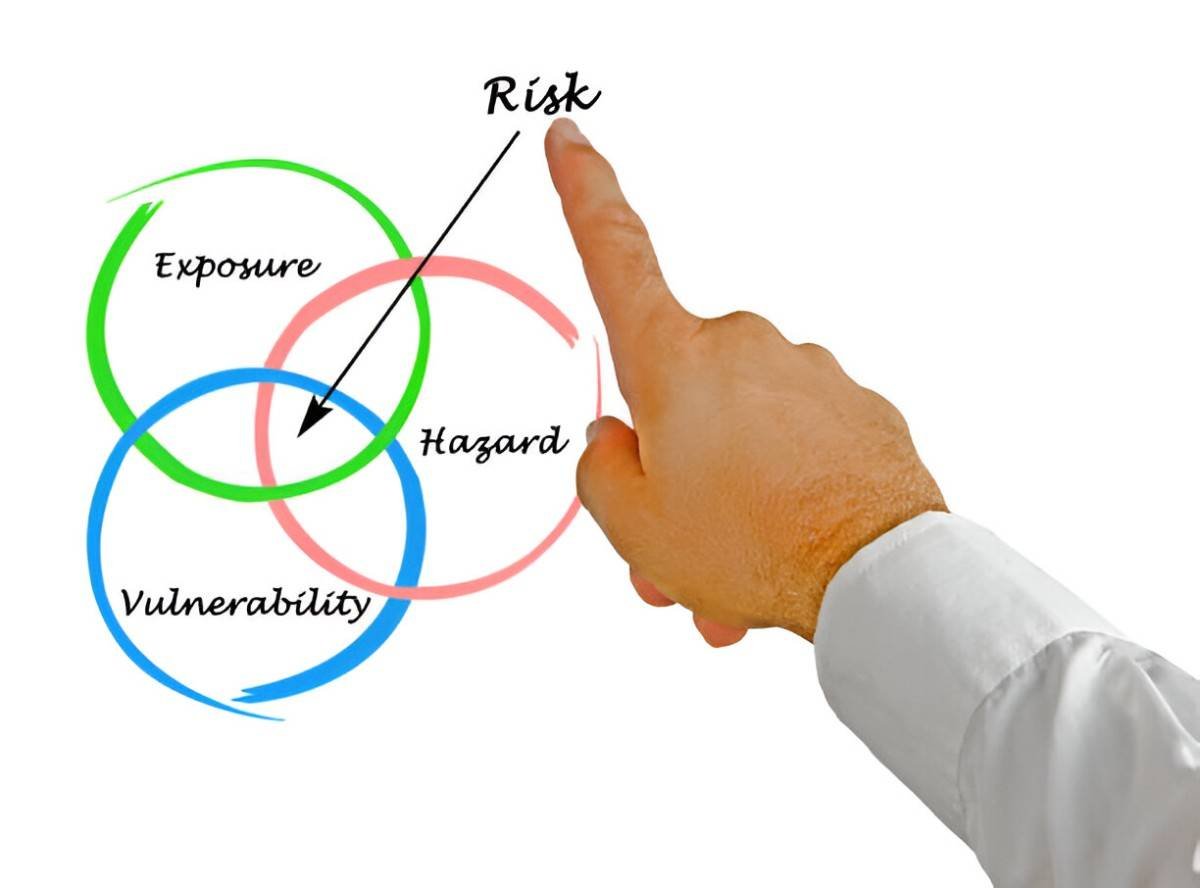Introduction
Risk is central to financial decision-making. Whether managing an investment portfolio, structuring a business strategy, or evaluating an acquisition, understanding risk is critical. Most investors and analysts focus on single-asset risk, but real-world investment portfolios consist of multiple assets. This article explores multiple-asset risk theory, the factors affecting it, and the mathematical principles underlying its calculation.
Table of Contents
The Concept of Multiple-Asset Risk
Investors rarely hold a single asset. Instead, they create portfolios to optimize risk and return. Multiple-asset risk arises from the interplay between assets in a portfolio. Some risks offset each other, while others amplify overall volatility. Understanding how assets interact helps in constructing an efficient portfolio.
Key Factors Influencing Multiple-Asset Risk
- Correlation Between Assets: When assets move in the same direction, risk increases. Conversely, negatively correlated assets reduce portfolio volatility.
- Asset Allocation: The proportion of each asset in a portfolio determines overall risk exposure.
- Systematic vs. Unsystematic Risk: Systematic risk affects all assets (e.g., economic downturns), while unsystematic risk is asset-specific (e.g., a company’s earnings report).
- Market Conditions: Inflation, interest rates, and geopolitical events influence asset behavior.
Mathematical Framework of Multiple-Asset Risk
Portfolio Expected Return
The expected return of a portfolio with n assets is:
E(R_p) = \sum_{i=1}^{n} w_i E(R_i)where:
- E(R_p) = expected return of the portfolio
- w_i = weight of asset i in the portfolio
- E(R_i) = expected return of asset i
Portfolio Variance and Standard Deviation
Portfolio risk depends on individual asset risks and their correlations. The variance of a two-asset portfolio is:
\sigma_p^2 = w_1^2 \sigma_1^2 + w_2^2 \sigma_2^2 + 2w_1 w_2 \sigma_1 \sigma_2 \rho_{1,2}where:
- \sigma_p^2 = portfolio variance
- \sigma_1, \sigma_2 = standard deviations of assets 1 and 2
- \rho_{1,2} = correlation coefficient between assets 1 and 2
- w_1, w_2 = weights of the assets in the portfolio
Extending this to n assets:
\sigma_p^2 = \sum_{i=1}^{n} w_i^2 \sigma_i^2 + 2 \sum_{i=1}^{n} \sum_{j=i+1}^{n} w_i w_j \sigma_i \sigma_j \rho_{i,j}Diversification and Risk Reduction
Diversification aims to reduce portfolio risk. The more negatively correlated the assets, the greater the risk reduction.
Example Calculation:
Assume a portfolio with two assets:
- Asset A: Expected return = 8%, standard deviation = 12%
- Asset B: Expected return = 10%, standard deviation = 18%
- Portfolio weights: 60% in A, 40% in B
- Correlation coefficient = 0.3
Calculating portfolio variance:
\sigma_p^2 = (0.6^2)(0.12^2) + (0.4^2)(0.18^2) + 2(0.6)(0.4)(0.12)(0.18)(0.3)\sigma_p = \sqrt{0.00864 + 0.005184 + 0.003888} = \sqrt{0.017712} = 13.32%
This shows the portfolio has lower risk than the weighted average of the individual assets’ standard deviations, demonstrating diversification benefits.
Efficient Frontier and Portfolio Optimization
Markowitz’s Modern Portfolio Theory (MPT) states that for any given level of risk, there is an optimal combination of assets that maximizes return.
Efficient Frontier
The efficient frontier is the set of portfolios that offer the highest return for a given level of risk. Mathematically, an investor seeks to maximize:
E(R_p) - \lambda \sigma_p^2where \lambda represents risk aversion.
Capital Market Line (CML)
The CML represents the risk-return tradeoff when a risk-free asset is available. The equation is:
E(R_c) = R_f + \frac{E(R_m) - R_f}{\sigma_m} \sigma_cwhere:
- R_f = risk-free rate
- E(R_m) = expected return of the market portfolio
- \sigma_m = standard deviation of the market
- E(R_c) = expected return of portfolio c
- \sigma_c = standard deviation of portfolio c
Application to Real-World Investment Decisions
Asset Allocation Strategies
Different investors use different allocation strategies:
- Conservative (Low Risk): Higher allocation to bonds and lower in equities.
- Balanced (Moderate Risk): Equal mix of stocks and bonds.
- Aggressive (High Risk): Higher allocation to equities with smaller allocations to bonds.
Impact of Correlation on Portfolio Risk
A low correlation coefficient (closer to -1) between assets reduces portfolio volatility. Investors should select assets with weak or negative correlations.
Hedging Strategies
Hedging reduces risk using derivatives or diversification. A common hedging method is:
- Options Hedging: Buying put options to protect against downside risk.
- Short Selling: Offsetting losses by shorting correlated assets.
Conclusion
Understanding multiple-asset risk theory is essential for optimizing portfolio performance. Investors must analyze correlation, diversification, and allocation to build efficient portfolios. The mathematical models discussed provide a framework for evaluating risk, but real-world investing requires ongoing assessment of market conditions. By applying these principles, investors can enhance returns while managing risk effectively.





